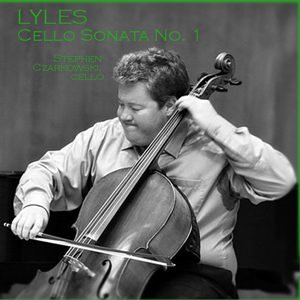It is probably unfortunate that the cabin we’re staying in for this year’s Lichtenbergian Retreat has wifi.
Still, it allows me to live blog, kind of, my work—and that’s a time-honored Lichtenbergian principle. Nay, it is the very foundation of Lichtenbergianism, doing something semi-valid in order to avoid the actual work.
9:33 am: I’ve been working for about an hour, poking into the nooks and crannies of Finale 2012. It seems that I buy a new version of Finale every time I have a major thing to work on, which always slows me down while I figure out where Finale hid everything this time. If I were a working composer, I’d go nuts having to relearn all the menus and stuff. For example, up until now you changed the name of a staff in the staff dialog box. But now that’s in the new Score Management window. Feh.
At any rate, I’ve been trying to figure out the best way to set up a template for the reorchestration of William Blake’s Inn, which is my major task this weekend. I think I’ve got it: children, SATB, piano, synth I, synth II, and string quintet. The synths are actually made up of independent staves, since one of the new tricks Finale can do (just in time for this orchestration) is to change instruments midstream, but if you have a “piano” staff, your only choices are other double-staffed instruments like the harp. If you have two independent staves grouped as “Synth I,” then your choices open up to all the other instruments.
So yes, the world premiere of William Blake’s Inn, if it happens now, will be with a reduced orchestra.
Why, you ask? Not to get anybody’s hopes up, but William Blake’s Inn is being considered as the performance we will send to our sister city, Ayr, Scotland. Next June.
So there’s that. Yeah.
Two things have become painfully apparent to me: I should have brought a score to look at, and I should have brought my Cinema Display. The size of the laptop screen is not conducive to zipping through a full orchestral score looking for the part you’re hoping to duplicate. Oh well.
A score would have been helpful in quickly finding where time/key signature changes happen: I can copy and paste the parts from the original to the new template, but all those changes do not come with them. With a piece like “Milky Way,” that’s a pain. Not that I’m going to work on “Milky Way” this weekend. Stick to the simple ones: “Wise Cow,” “Dance,” “Fire,” that kind of thing.
And actually, just stick to porting over the voices and the strings. Even the piano parts can wait for the most part. If I just get the voices/strings laid out in a couple of pieces, then I can start arranging the children’s chorus part, because to be brutally honest, this was never conceived as a piece for children to perform.
More later.
3:38 pm: It’s almost hot tub time. Since this morning, I’ve gotten seven of the fifteen pieces transferred into the new template, which seems kind of slow, but some of these are horrors of multiple time signatures. I have to set up the new blank piece with all the time signatures and key changes ahead of copying and pasting the originals in, or it all goes whacky and it’s easier to start over from scratch.
I have been copying and pasting the piano part as well as the vocals and the strings. I’ve standardized the solo lines, giving them a separate staff above the chorus, whereas before I think I was saving paper by having solos embedded in the chorus staves.
Above all, I’ve been resisting doing any other work, although with “Rabbit Reveals My Room” and “King of Cats Orders an Early Breakfast,” I did stick in some of Synth I’s stuff, because without it there wouldn’t be much accompaniment to go on.
Big question right now: time to do one more, or hit the hot tub?







